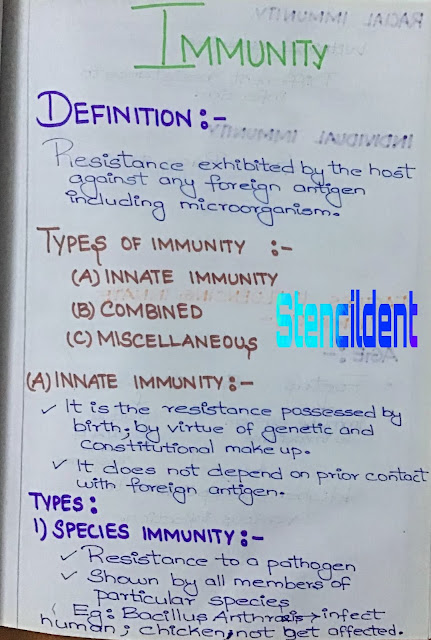AIDS ORAL AND SYSTEMIC MANIFESTATION

AIDS ORAL AND SYSTEMIC MANIFESTATION S TUDENTS CORNER: If we have been asked to write in detail about aids then do kickstart the answer by giving a small introduction about AIDS ,ETIOPATHOGENESIS and mention about its oral and systemic manifestation to learn about AIDS etiopathogenesis do click on this link AIDS-MORPHOLOGY,PATHOGENESIS . ORAL MANIFESTATION : GROUP 1 (STRONGLY ASSOCIATED WITH HIV) : Oral candidiasis Hairy leukoplakia Necrotizing ulcerative gingivitis Non-Hodgkin lymphoma Kaposi sarcoma GROUP 2 (LESS COMMONLY ASSOCIATED WITH HIV): Atypical ulcer Salivary gland disease GROUP 3(Lesion seen in HIV): Diffuse osteomyelitis Squamous cell carcinoma SYSTEMIC MANIFESTATION: Affects all body organ and system Antiretroviral treatment blocks and slows progression of disease Pathological lesion can be explained by 4 mechanism : 1)Due to direct viral infection :target the central nervous system and immune system 2)Due to opportunistic ...






